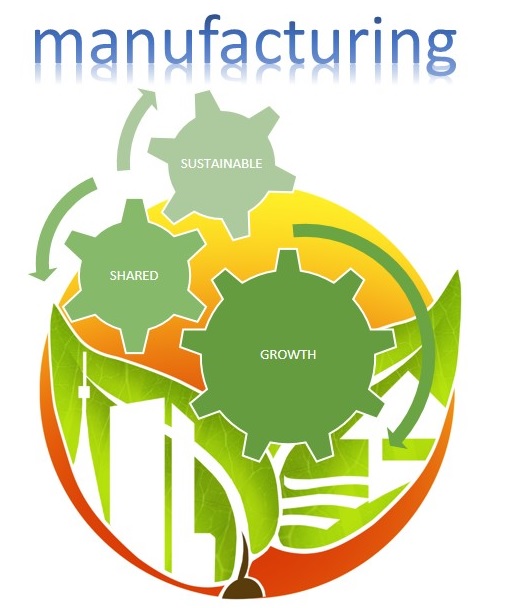Dir. Lyn Capistrano and Eng'r. Apolonio Jimenez
Abstract
TREATING WASTEWATER PRODUCED FROM
HOUSEHOLD-SCALE MANUFACTURING ACTIVITIES
The paper discusses sanitation solutions for households engaged in small-scale manufacturing activities. It tackles wastewater as a resource to be collected, treated, stored and used for food production and horticulture.
A wastewater treatment plant composed of biogas digester, baffled reactor, anaerobic filter, planted gravel filter and treated water well is designed for low-income communities characterized by small spaces that are often water-logged and flood-prone. This study on a simplified wastewater treatment technology for households looks into the economic benefits of biogas generation, soil improvement, and new livelihoods from wastewater management. It also looks into how the process of treating wastewater can beautify shared living spaces and at the same time enables residents to grow vegetables and ornamental plants.
It is hoped that this initiative could encourage other innovative community-based researches, ideas and analysis that would benefit especially those with limited resources.
Profile
APOLONIO T. JIMENEZ is the Deputy Executive Director of the Philippine Center for Water and Sanitation – ITN Foundation (PCWS-ITNF). He is a licensed civil engineer. Apol has been with PCWS-ITNF since 2002. Prior to joining PCWS-ITNF, he has worked as Municipal Engineer in South Ubian, Tawi-Tawi and as an Engineer of the Department of Public Works and Highways in Bongao, Tawi-Tawi. He has also worked as Appraiser, and later as Development Management Officer III at the Bases Conversion Development Authority.
Apol is a skilled trainer and resource person on designing, building, operating and maintaining low-cost water supply, sanitation and hygiene (WASH) technologies such as rainwater harvesting, spring water development, ram pump water supply system, wastewater treatment, biogas digester septic tanks, filtration and disinfection systems such as roughing filters, sand filters, iron removal filters. He has done water supply technical feasibility studies for various communities and non-government organizations in the Philippines.
Apol currently manages a project in Sulu and Tawi-Tawi among water stressed communities. Previously, Apol served as project manager in the Community-Managed Potable Water Supply, Sanitation and Hygiene Project (CP-WASH) with the Department of Agrarian Reform in 29 communities from 2008 to 2012. He also served as project manager in the Rainwater Harvesting for Drinking Water Supply of 10 Municipalities and 10 Water Scarce Small Island Communities in Tawi-Tawi Province from 2006 to 2008.
Apol is active in the following professional organizations: Society for the Conservation of Philippine Wetlands, Philippine Institute of Civil Engineers, and WASH (water, sanitation and hygiene) Coalition Pilipinas.
Some of the trainings, conferences and workshops that Apol attended include the following:
1. 2nd International Conferences on Ecological Sanitation held on April 7 – 11, 2003 in Lubeck, Germany
2. Specialized Training Course on Water Safety Plan held at ITN Centre, Bangladesh University of Engineering and Technology, Dhaka, Bangladesh on November 12 – 14, 2007
3. Regional Workshop on Cost Analysis of Drinking Water Supply Options for Low Income Communities, held in Khon Kaen, Thailand, 3 – 6 March 2008
4. Second Inter-regional Workshop on Costing Methods of Improved Drinking Water Systems for Low-income Communities, held in Luang Prabang, Lao PDR, 29 – 31 October 2008
5. 2nd International Water, Sanitation and Hygiene Conference, held at the Seagull Hotel, Cox’s Bazaar, Bangladesh, 11 – 18 November 2008.
Lyn Capistrano (Click Here)
Presentation
Thank you for helping us by citing the seminar when using these documents (17th Sustainable Shared Growth Seminar of the Sekiguchi Global Research Association, February 11, 2014, College of Engineering, University of the Philippines)
